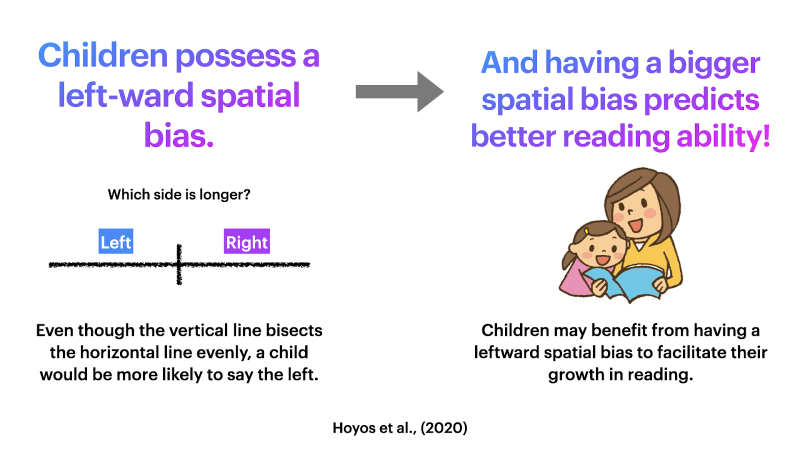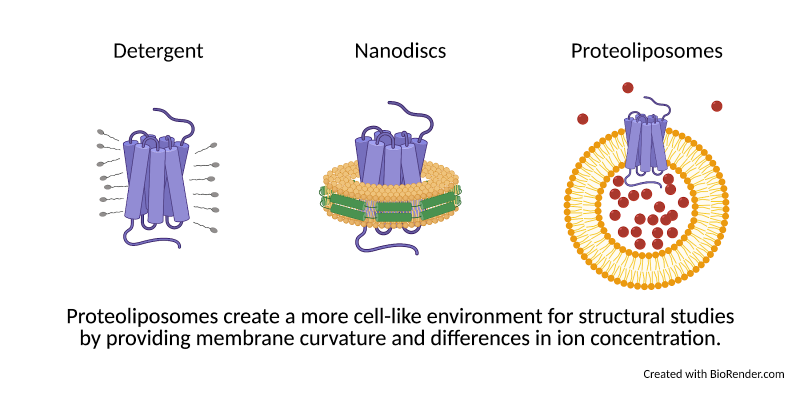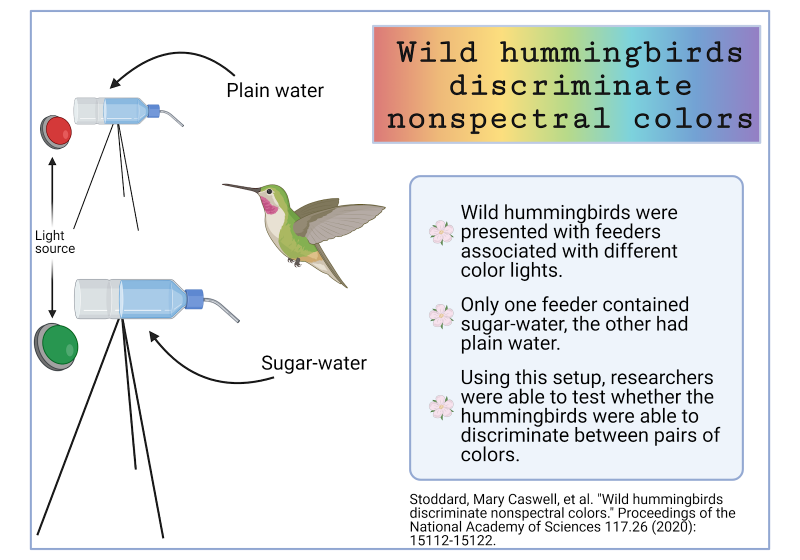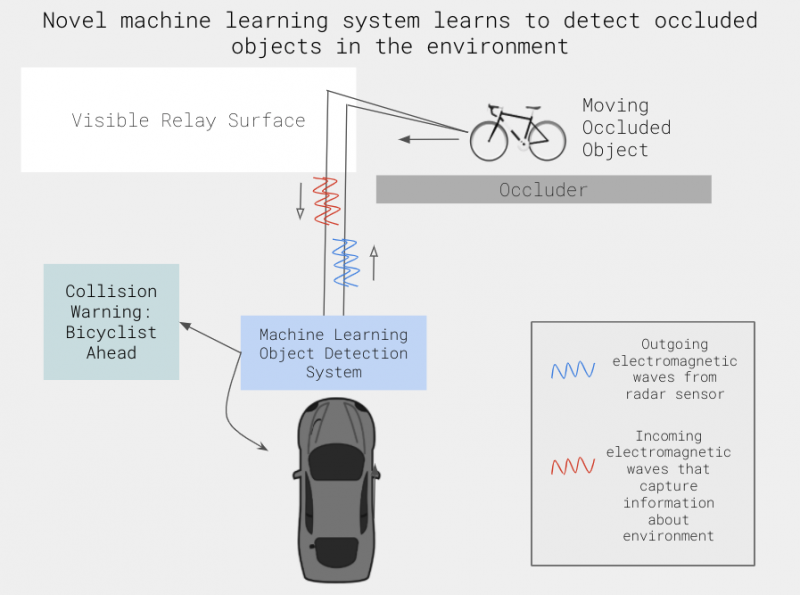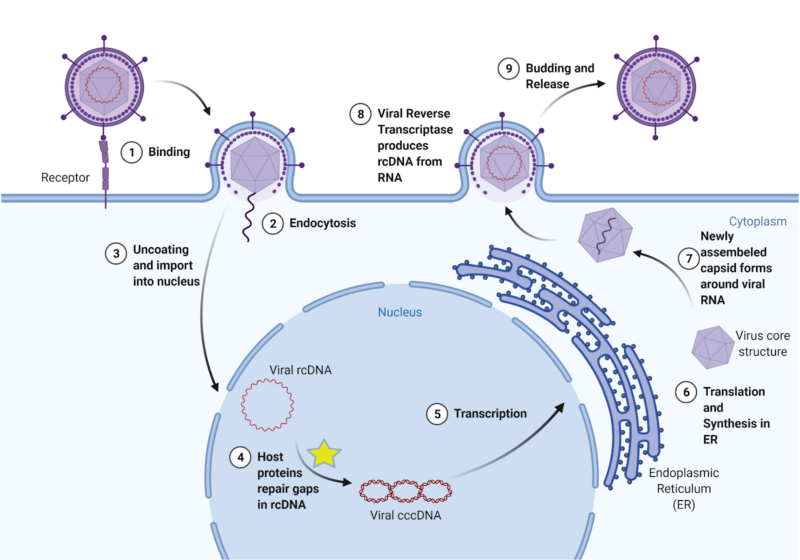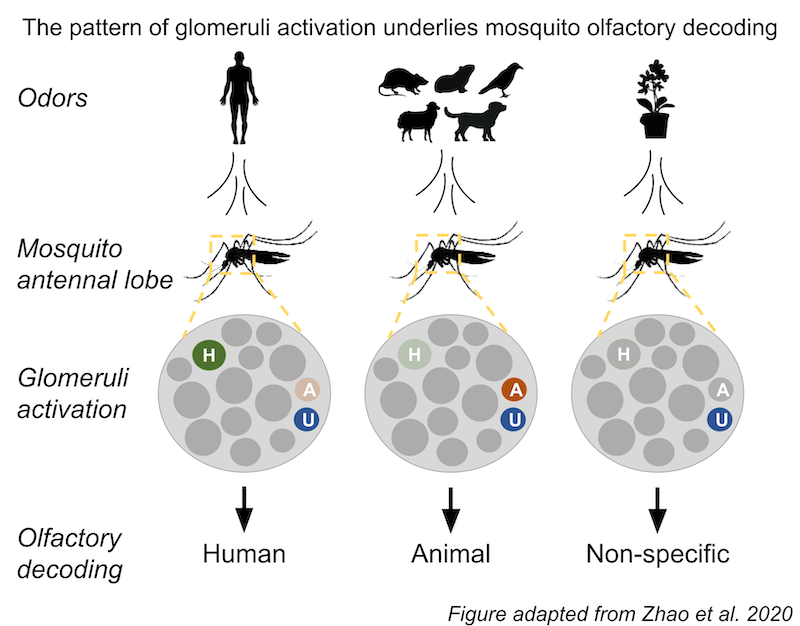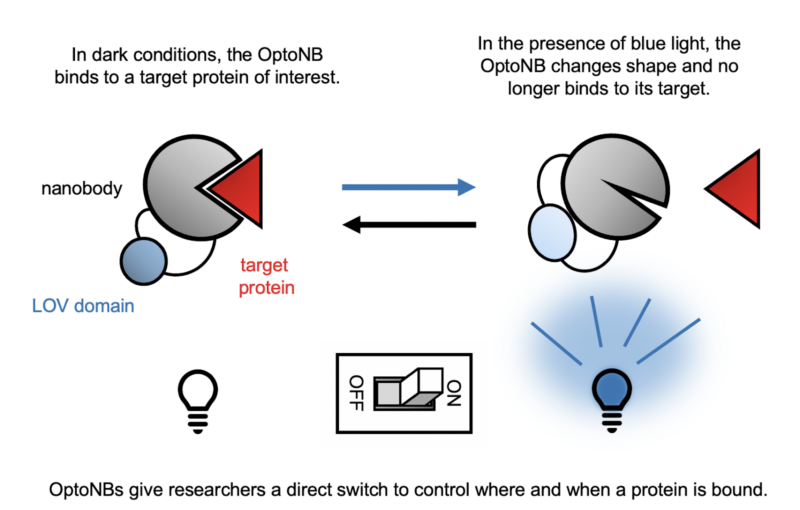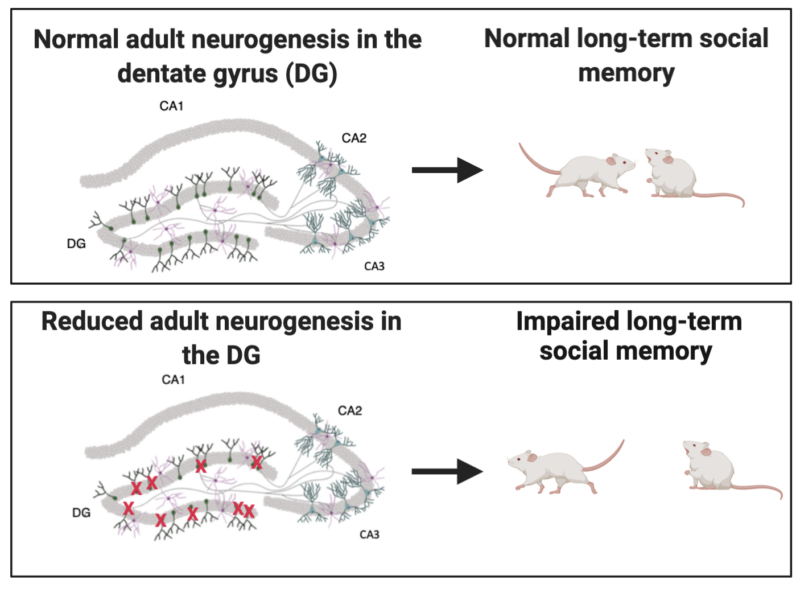Written by Paula Brooks (PNI, G4)
Walking through your old high school might release a flood of memories that were locked away for years, perhaps even a decade (or more)! Walking through the cafeteria might remind you of the time you almost scared the timid new girl when you boldly walked up to her to invite her to join your friend group for lunch. Or maybe, going past the gym might bring back the memory of when you face planted in front of the entire class while attempting to do the high jump. (Full disclosure: Both of these things happened to me.)
Continue reading

